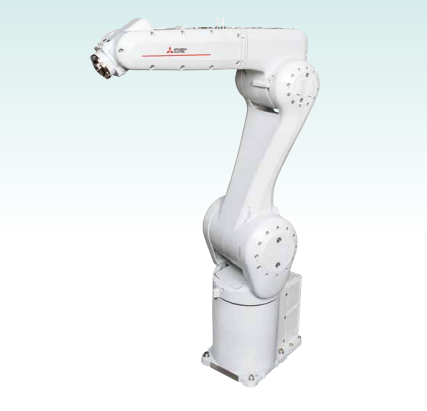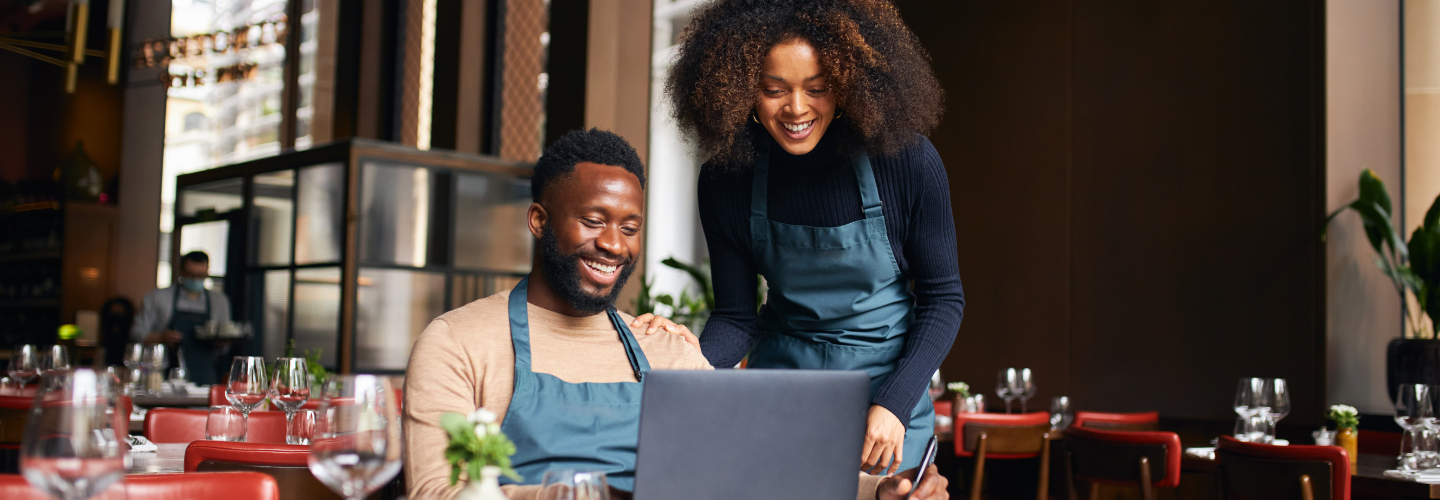This article was originally published by QSR Magazine.
In recent weeks, the world has been inundated by news of Chat-bot breakthroughs from Alpha-bet and Microsoft, amongst others. In the restaurant space, bots are not a new concept or top-ic. While the industry certainly has tech infusions in most parts of the business, front and back-of-house, accounting, operations, POS, marketing, many legacy operators have questions about what tech is best for them now and in the future. To start, a baseline understanding of the terms Automation, Robotics, and Artificial Intelligence is necessary before determining a path forward for restaurant owners and operators.
Here is the low-down on these high-tech buzzwords:
Automation—the mother of all inventions?
Automation is defined as a technique that allows a system to operate automatically. Historically, these techniques have been a way for industries to streamline processes and, in turn, re-place human labor. Perhaps replace is the wrong word; In the tech era, the word augment may be more apt. Automation can augment, support, and build efficiencies within organizations in tandem with existing and future human labor elements.
Automation consists of four main areas: Fixed, Programmable, Flexible, and Integrated Automation.

Bring on the robots
Where do robots fit under the umbrella of automation? First, let’s understand robotics. Robotics is a branch of engineering that involves working with robots. Yes, these highly technical terms tend to define themselves with themselves, making us Humanities and Liberal Arts geeks cringe.
Robots, while arguably a possible fit into all four categories of automation, are commonly found in Programmable and Flexible Automation. When we hear about robots in food ser-vice/restaurant applications, they are most commonly designed specifically for front-of-house or back-of-house applications. A hybrid robot that does tasks across the breadth of a restaurant is not presently available.
Back of house robots largely consist of six axis bots, which are programmable and therefore fit in the Programmable Automation bucket. These six axis robots have, you guessed it, six axes (they can gyrate in six different places). A common six axis arm is shown here, courtesy of Mitsubishi. These workhorses are largely used in heavy automation, but have recently been repurposed to automate manual labor in the back of house environment. You may have seen these flipping burgers, shaking fry baskets, or serving cookies in various foodservice establishments.

Front of house robotics consist mainly of delivery vehicles, or autonomous driving robots, that deliver human prepared food to a location within the restaurant (server) or external delivery (delivery driver).
Artificial Intelligence
Is AI a type of automation? Are robots inherently artificially intelligent? The answer to both is no. Artificial Intelligence is, according to a 2007 paper by Stanford Professor John McCarthy “the science and engineering of making intelligent machines, especially intelligent computer programs.” The paper then goes on to discuss what intelligence is, if humans and computer intelligence are similar, etc. In brief, AI can incorporate machine learning (complete a task, analyze results, make adjustments) and data analysis to help machines “think” or operate like humans. Humans use their intelligence and logic to infer, AI seeks to mimic those processes that allow these inferences to be made.
AI in restaurants is not new, and shouldn’t be feared. I spoke with the CEO of a large fast-casual chain recently, and she was hesitant about AI. “Our customer base doesn’t want artificial intelligence intruding on their privacy.” Well, if privacy is the issue, then this is more of a software developer or ownership group policy issue than it is an AI issue. AI relies upon programming, if we program the parameters that include protecting privacy as priority No. 1, odds are that those programs with the artificial intelligence are not going to leak or use in a malicious way important data. Humans, on the other hand, have a titanically strong track record of sinking ships with loose lips.
AI applications in food service, similar to the robotics discussed previously, operate in FOH and BOH realms. Front-of-house includes drive thru AI ordering, phone answering (Q&A) systems, as well as the personalizable kiosks we are used to seeing as a mainstay in many restaurants. Server robots’ software may have some level of Artificial intelligence to better interface with and customize the experience for a diner.
Back-of-house AI, when integrated and implemented properly, can help with anticipation of inventory and staffing needs (learn the patterns, apply the proper protocols). AI also offers the ability to predict, just as a human could, the times a restaurant or specific product may see a rush of business.
A deeper dive into Artificial Intelligence reveals the various layers of the learning that can take place within AI. Machine learning is a subset of AI and Deep Learning is a subset of Machine learning, as illustrated in the image courtesy Hitachi.

Tools of the future
We are unlikely to adopt less technology as the years progress; technology is unlikely to stop advancement and slow the pace of development. Automation has been implemented since the cotton gin and will continue to augment the work that humans do. Our future restaurateurs, foodservice operators, and others in the industry should embrace Automation, Robotics, and Artificial Intelligence for the long haul, these tools and processes will become more common and our ability to operate alongside them is paramount for food service’s future success.
Dr. Nathan Libbey is the Director of Client Success at robochef, Inc, a food automation company in Libertyville, Illinois. Nathan has spent the past 20 years in a variety of leadership roles in the food space from last mile, to retail, from Global Fortune 100 firms to numerous food and adjacent tech startups. Dr. Libbey has a BA from the University of Wisconsin, as well as a Masters in Regulatory Affairs of Food Industries and Doctor of Law and Policy from Northeastern University, Boston. Nathan also serves on various non-profit boards, teaches Business at Aurora University, and has been featured in college textbooks, food industry journals, and has presented his research at numerous food safety and public health conferences.




